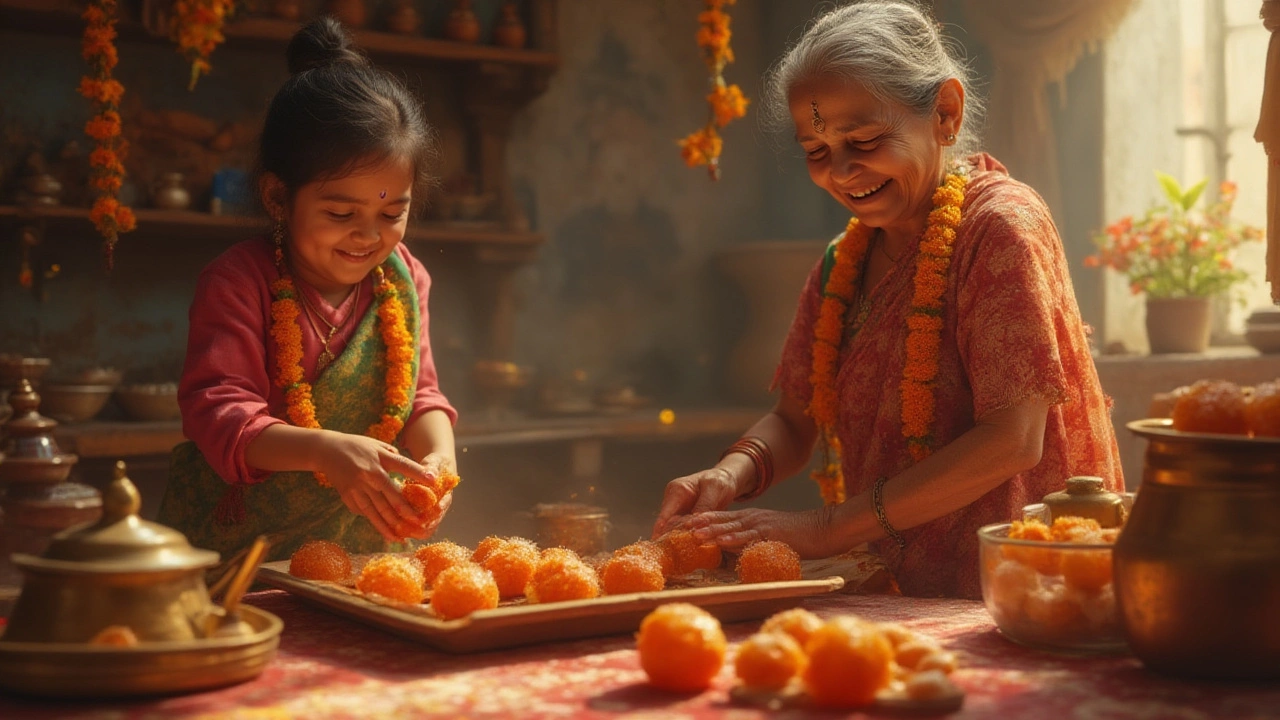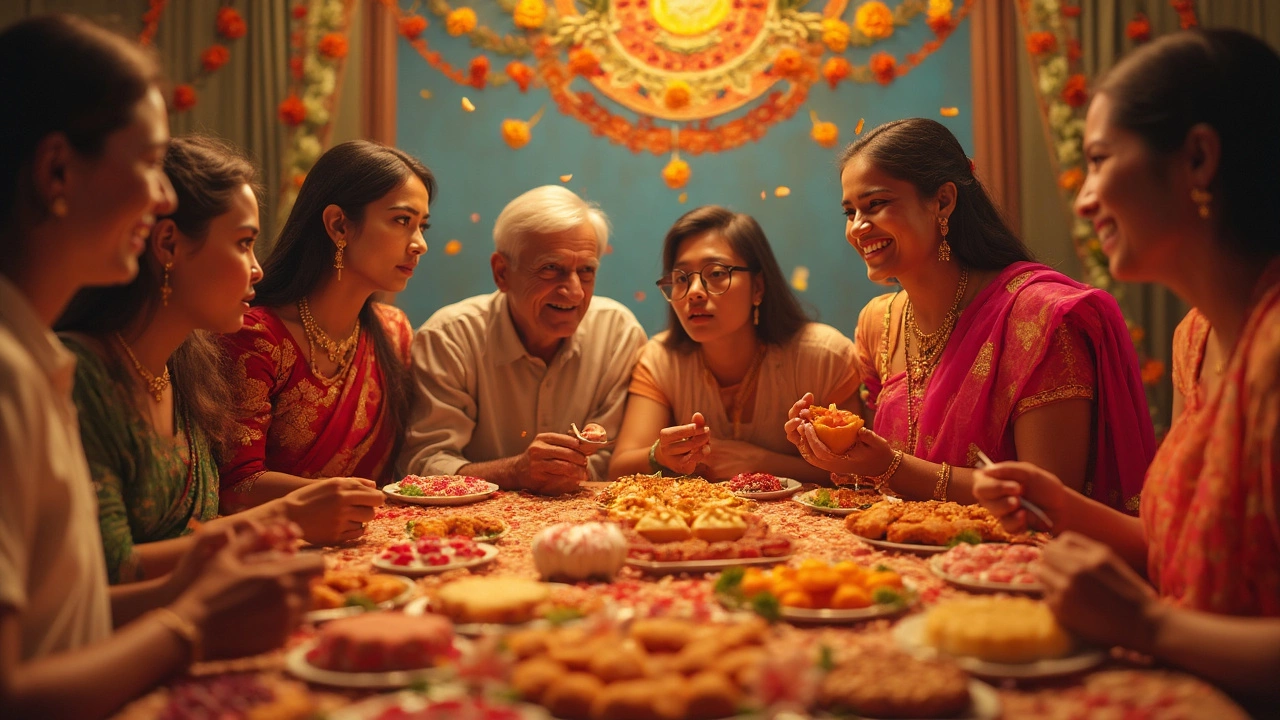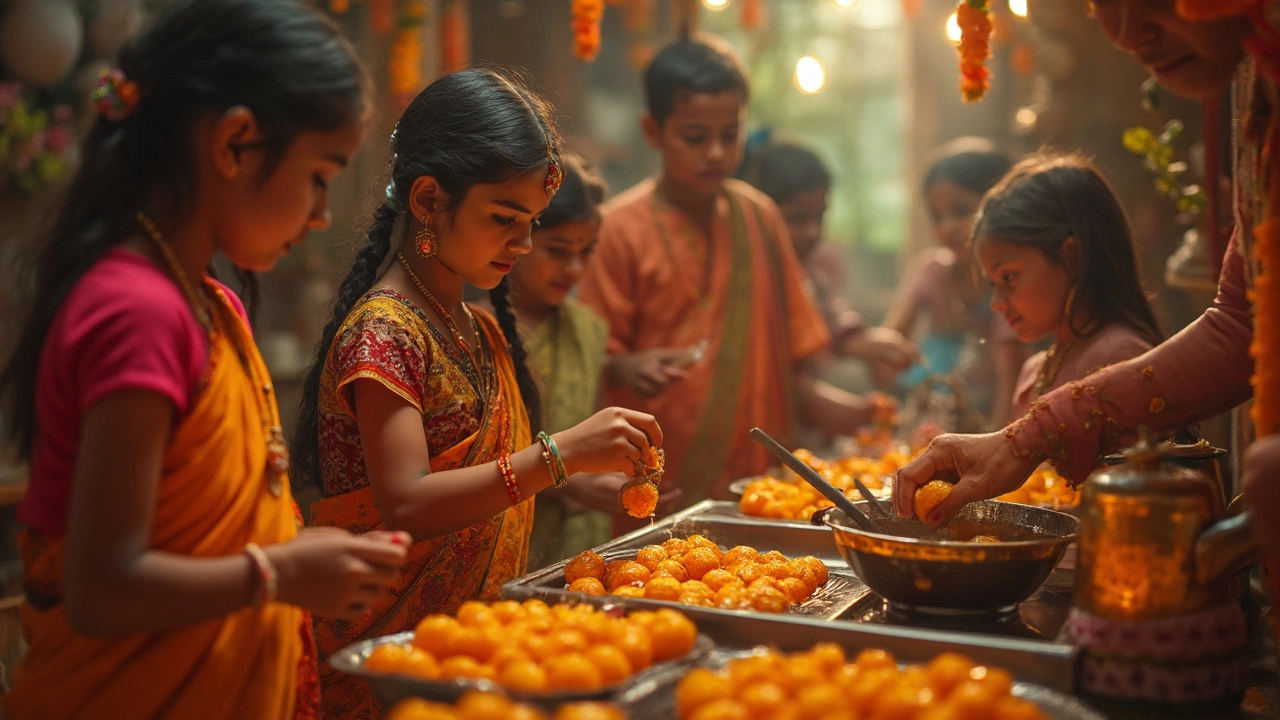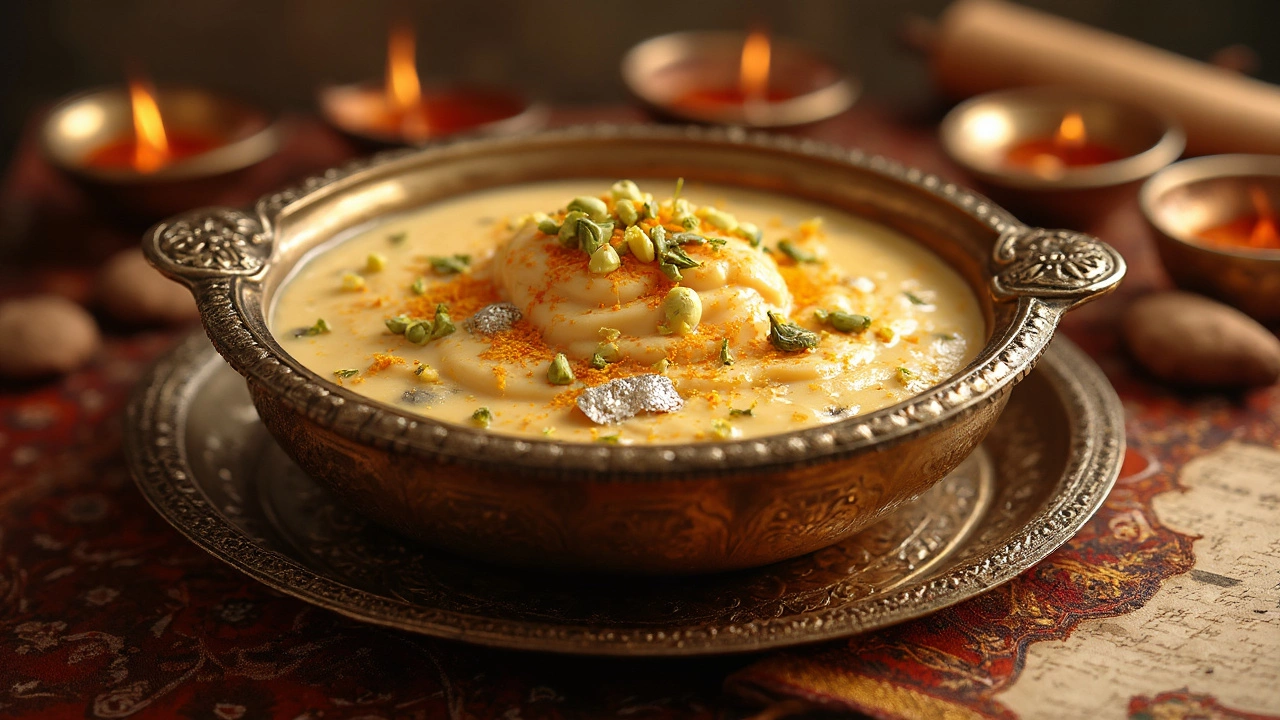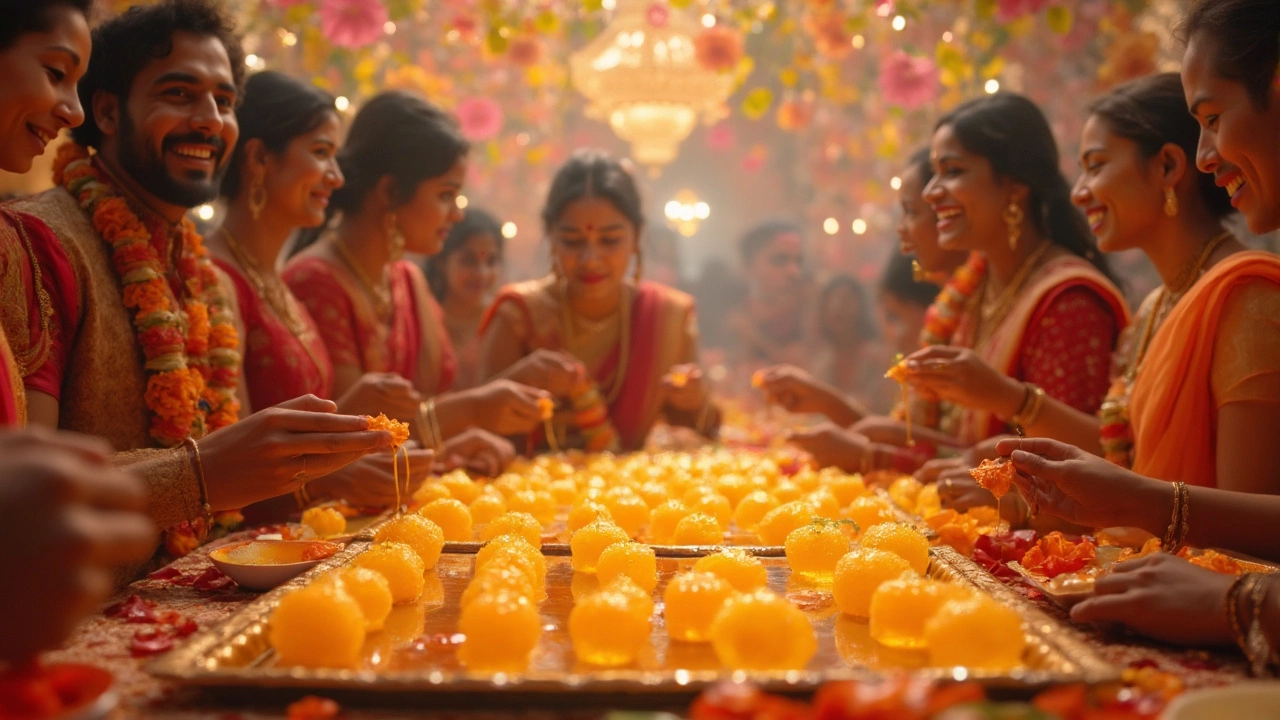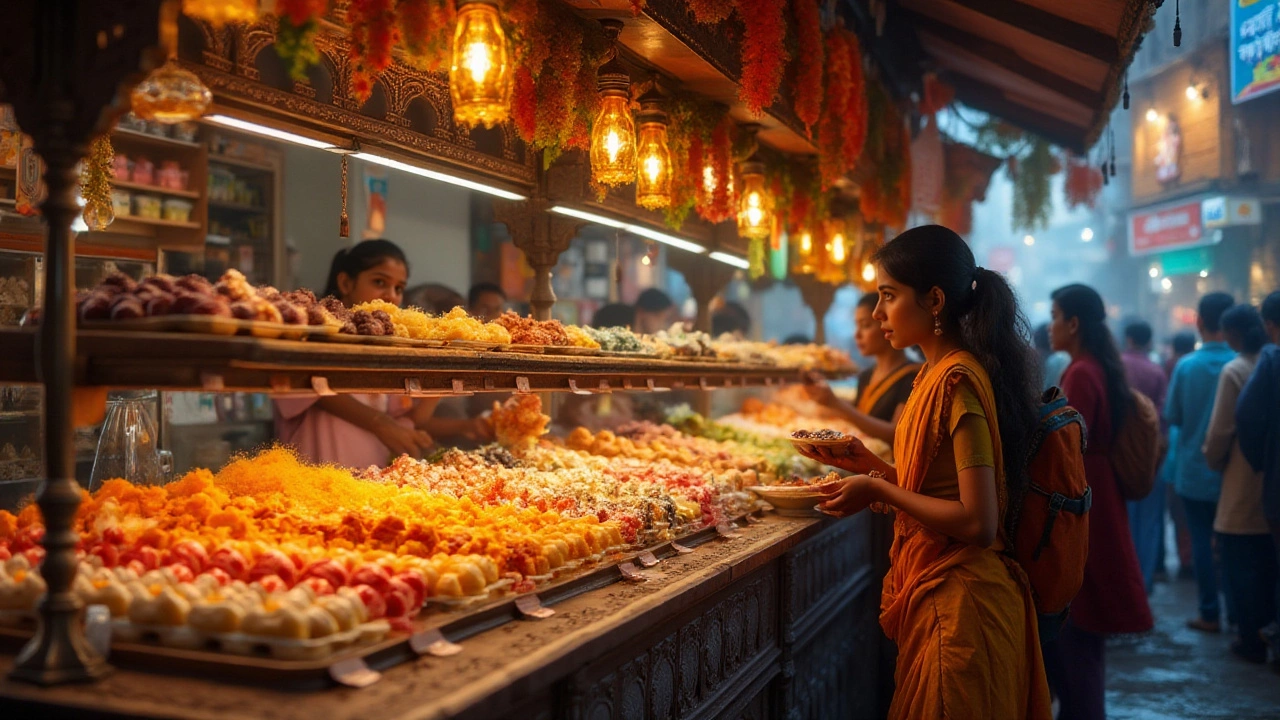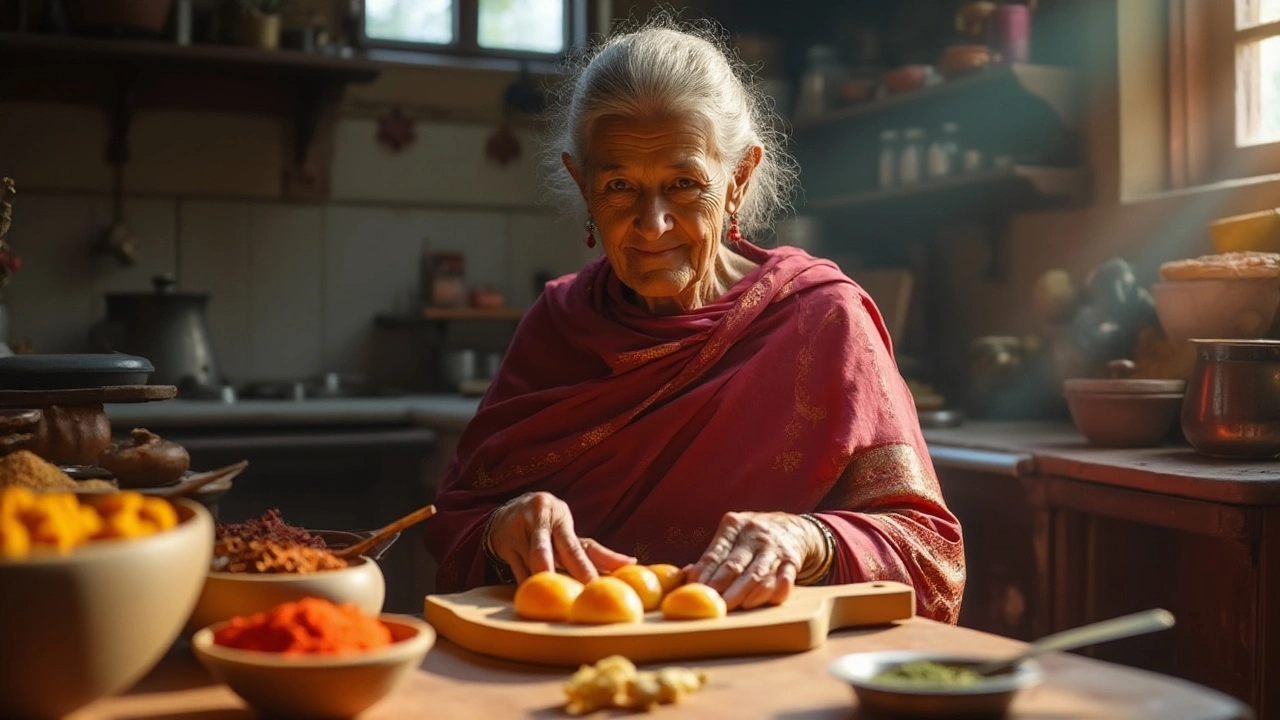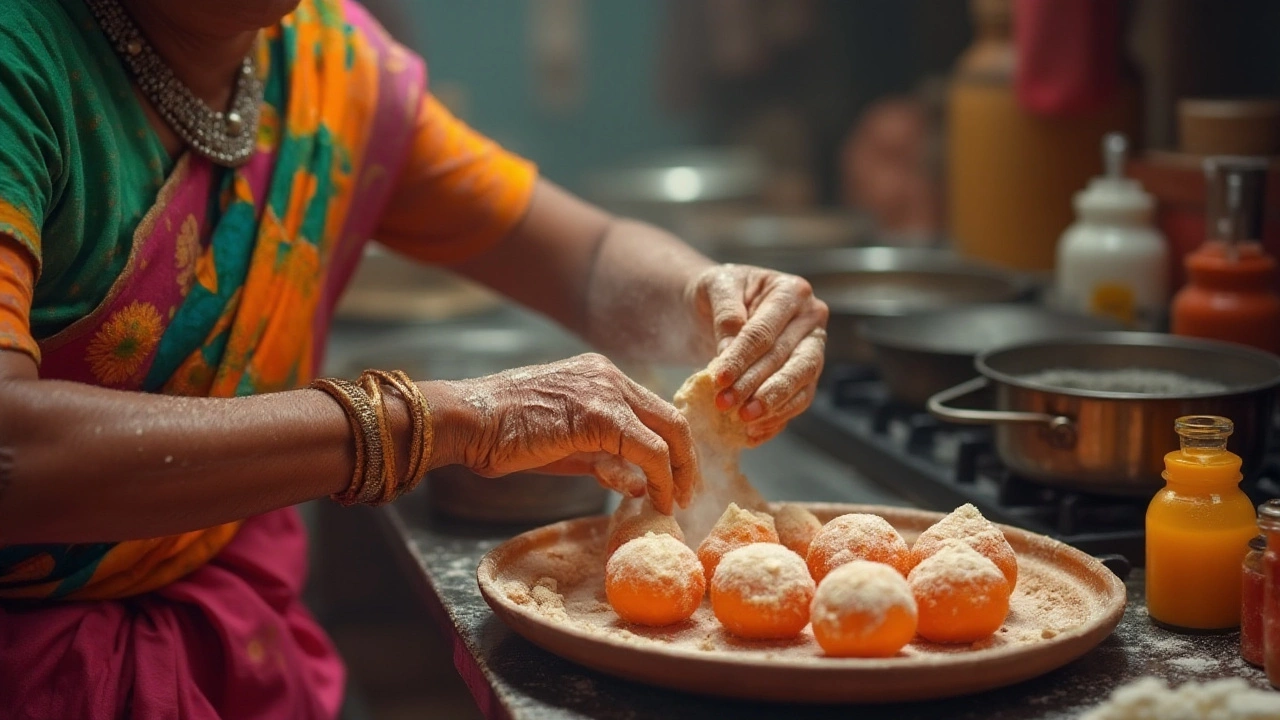Indian Sweets: What to Eat, How to Make Them Healthier, and Classic Must‑Try Mithai
If you love Indian sweets but worry about sugar or calories, you’re not alone. The good news is that many mithai can fit into a balanced diet with a few smart swaps and portion tricks. Below we break down what makes a sweet “healthy,” share quick fixes, and highlight the timeless treats you should have on your radar.
What Makes an Indian Sweet Healthy?
Most Indian sweets rely on sugar, ghee, and refined flour, but you can tweak the base ingredients without losing flavor. Try using jaggery or coconut sugar instead of white sugar – they add a caramel note and keep the glycemic spike lower. Swap half the ghee with a light oil like sesame or even mashed banana for moisture. Adding nuts or seeds (almonds, pistachios, pumpkin seeds) boosts protein and healthy fats, helping you feel full faster.
Portion size matters a lot. A bite‑sized piece (about 20‑30 g) of laddoo or barfi is enough to satisfy a sweet craving. Pair your treat with a cup of tea or a glass of low‑fat milk to balance the sugar rush. If you’re watching carbs, stick to sweets that use lentils or chickpea flour, like besan ladoo, which offer more fiber.
Classic Indian Sweets You Must Try
Even if you’re focusing on health, you shouldn’t miss the iconic flavors that define Indian desserts. Here are three staples and how to enjoy them wisely:
Gajar ka Halwa – grated carrots simmered with milk, sugar, and ghee. Make it lighter by using low‑fat milk, cutting back on sugar, and adding a handful of raisins for natural sweetness.
Rasgulla – soft cheese balls soaked in syrup. Opt for a version with less syrup or serve them chilled with a squeeze of fresh lemon to cut the sweetness.
Jalebi – crisp spirals dipped in sugar syrup. You can bake them instead of deep‑frying and drizzle a thin honey‑cinnamon glaze for flavor without drowning them in syrup.
These classics are easy to find at local sweet shops, but making them at home gives you control over the ingredients. A simple ghee‑free besan barfi uses roasted chickpea flour, a dash of cardamom, and just enough sweetener to hold it together.
Ready to upgrade your sweet game? Start with one of the swaps above, keep portions modest, and enjoy the rich heritage of Indian mithai without guilt. Your taste buds will thank you, and your body will feel lighter too.
India's Most Popular Sweet: Why Gulab Jamun Rules Every Occasion
What’s the one Indian sweet everyone agrees on? Discover why gulab jamun steals the spotlight—history, recipes, festival facts, and secret tips in one read.
What Nationality Eats the Most Sweets? Surprising Truths and Indian Sweets Inspiration
Who tops the charts in eating sweets, and what makes them love sugar so much? This article compares global sweets consumption with a special look at Indian dessert culture. You'll discover quirky facts about national sugar habits, how Indians fit into the picture, and why Indian mithai stands out. Find out which countries’ people have the biggest sweet tooth and get quick tips for making your treats a bit healthier. If you've ever wondered why some folks reach for laddoos while others grab chocolate, this one’s for you.
Most Popular Indian Sweet: Why Gulab Jamun Steals the Show
Gulab Jamun stands tall as the favorite Indian sweet, loved by kids and adults everywhere. This article unpacks what makes Gulab Jamun the top pick, shares quick tips for getting it right at home, and uncovers fun facts you probably haven’t heard. Get simple tricks for perfect texture and deep flavor—no pastry chef skills required. From Indian festivals to family dinners, find out why everyone’s obsessed. You’ll even discover shortcuts for beginners or busy families.
Oldest Indian Dessert: Unwrapping the History of Kheer
Curious about the oldest dessert in India? This article digs into the rich history and surprising origins of kheer, the timeless Indian sweet rice pudding. Discover what makes kheer unique, its journey across the centuries, and how it shaped Indian food culture. Plus, get helpful tips if you want to try making this iconic treat at home. Explore interesting facts that connect kheer to ancient festivals, rituals, and royal kitchens.
Exploring India's Love for a Non-Indian Dessert
Gulab Jamun is a beloved dessert in India, surprising many with its non-Indian origins. Originally a Persian delight, it became a staple at Indian celebrations and festivities. Learn about its journey to becoming a cherished Indian sweet, how it integrates into Indian culture, and tips on making it at home.
Discovering India's Most Delicious Sweet Treats: A Culinary Adventure
India's rich culinary heritage is celebrated through its diverse and delicious sweets. From the melt-in-your-mouth gulab jamun to the delicate texture of rasgulla, each sweet tells a story of tradition, region, and culture. The ingredients and preparation methods define these sweets, capturing the hearts of many with their unique flavors. Dive into the world of Indian desserts and learn what makes them irresistible and how to prepare these sweet delights at home.
Exploring India's Beloved Sweet: The Enchanting Gulab Jamun
Gulab Jamun stands out as an iconic Indian treat, celebrated for its delightful sweetness and rich history. Made from khoya or milk solids, these golden-brown spheres are soaked in rose-flavored sugar syrup, creating a dessert that is both simple yet grand. Sharing insights into its cultural significance and diverse variations, this article invites you to explore the making of Gulab Jamun at home. Indulge in tips for achieving that perfect melt-in-your-mouth texture and delve into this sweet's role in Indian festivities.
Discover the Key Ingredient in Delicious Indian Sweets
Indian sweets, known for their exquisite flavors and rich textures, often revolve around one key ingredient: sugar. Different types of sweets have unique variations, yet sugar remains a dominant player in the equation, providing sweetness and structure. From the humble gulab jamun to the luxurious peda, understanding the role of sugar highlights its essential part in Indian confectionery. Explore diverse recipes and learn how this simple ingredient brings magic to celebrated treats.
